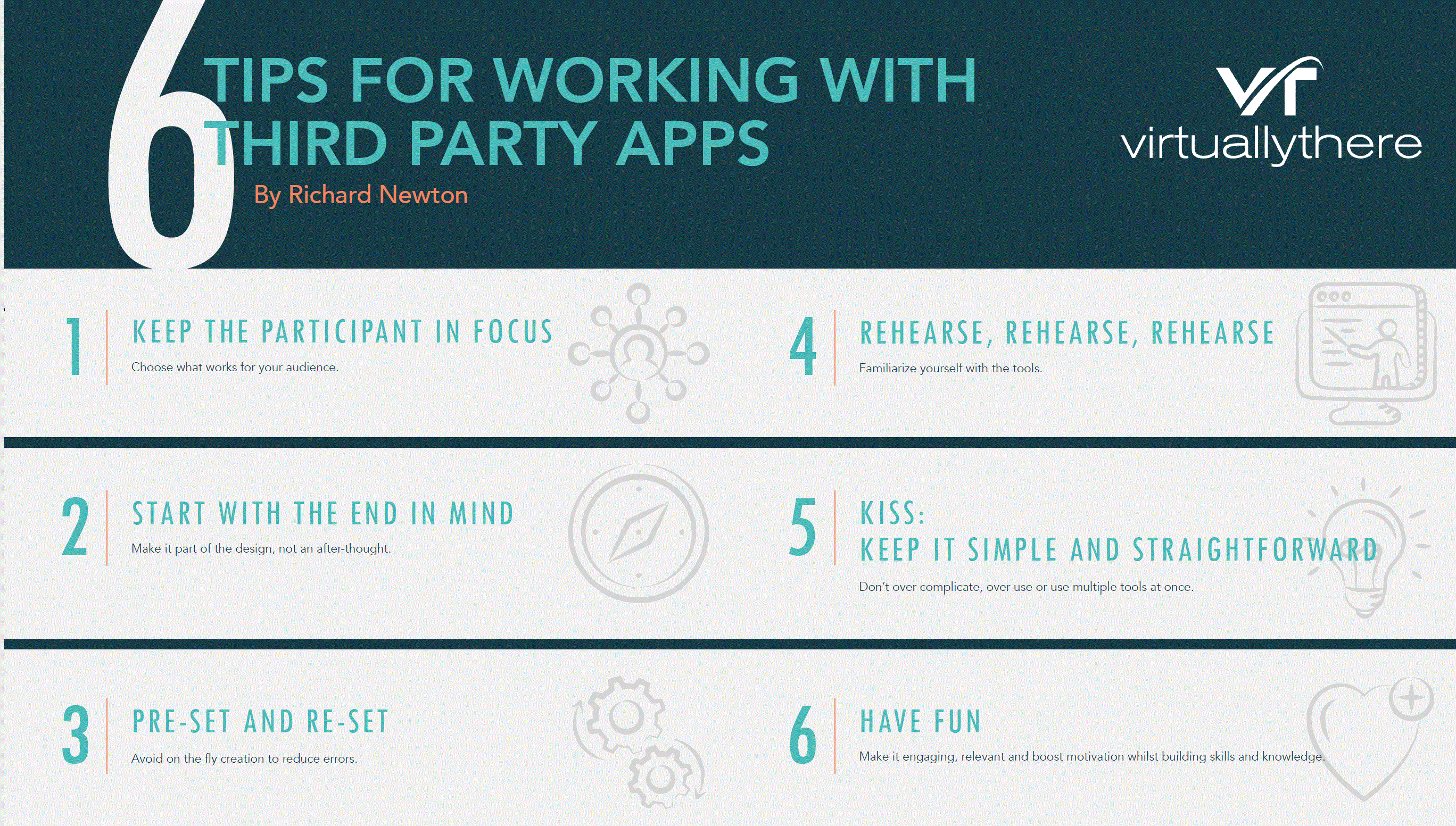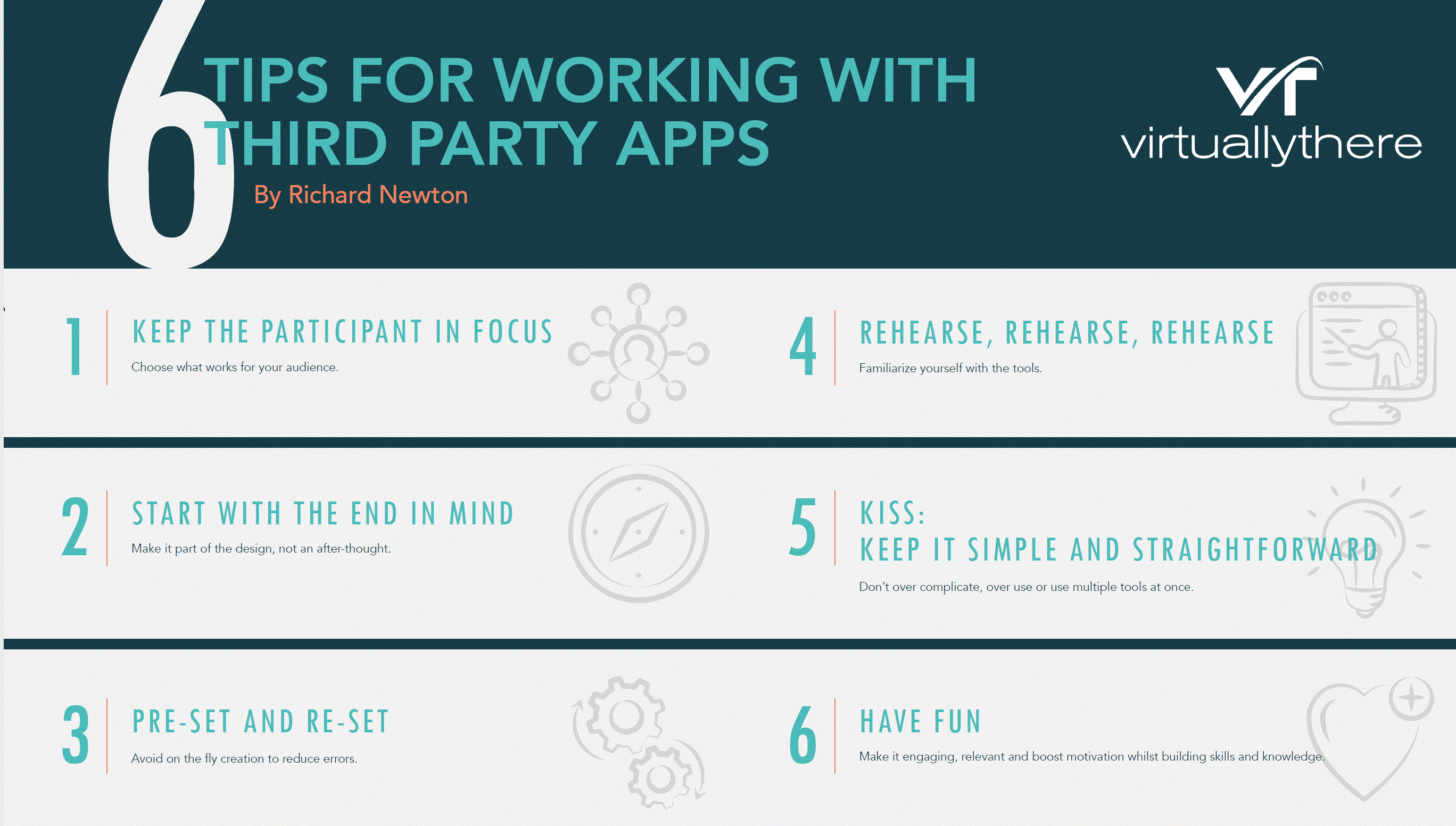1 min read
Cultivating an Analytical Mindset in L&D
One of the key qualities of anyone involved in L&D is having an analytical mindset. It is crucial for the continuous improvement of learning...
4 min read
 Richard Newton
:
Dec 29, 2021 9:58:50 AM
Richard Newton
:
Dec 29, 2021 9:58:50 AM

The use of appropriate technology in the classroom, both in physical and virtual training, is something that has been discussed now for decades. This has, of course, been brought into much deeper focus across pretty much every industry since the start of the Coronavirus pandemic back in 2020. The use of technology applications is something, however, that we have been talking about here at InSync for over twenty years.
One of the biggest discussion points in our day-to-day conversations, especially as people have moved beyond the initial rush to ‘just get it to virtual now’ is how we move to focus much more on how learning designs stack up to scrutiny and enable the most effective transfer of knowledge for the learner.
The key question as we move into this new virtual and hybrid world is how we ensure that we leverage the tools at hand effectively to be the best in class (sorry for the pun). We truly believe (and have seen first-hand) that there are some amazing things that can be done in the virtual and hybrid space.
For too long many learning professionals have seen virtual training as a second class tool, only used where the physical classroom is not an option. This is something we must work to change.
Whilst being common sense to say, many do not remember that the virtual classroom is not the same as the physical. They both have their own distinct pros and cons. The virtual classroom is too often seen as ‘just the same as the physical, but not as good’ and this sells virtual short.
Technology enhances our ability to transfer knowledge in new ways, stimulate discussion and additional information through its application.
Physical classrooms have little ability to enable effective side-bar conversations in chat, jump into an AI-powered exploration of a problem or simply call on the expertise of a SME thousands of miles away as a guest speaker.
A key factor is the ability to use our imagination from instructional design to facilitation of sessions to genuinely build for virtual experiences rather than an application of non-technological solutions to a technologically based environment.
Technology Applications in the Classroom Can Empower Us All
The truth is that there is an overwhelming level of choice in terms of the different technology applications in the classroom that can be used to enhance the transfer of knowledge, stimulate conversation, thought, and encourage creativity.
Unfortunately, the simple number of options available can stymie the use of this tech, with instructional designers, facilitators, and organizational development departments unable to decide which tools an organization should adopt and how these tools should be used within the confines of virtual training.
Another aspect we also must consider is the validity of the tech for the application it is used for, as well as finding the sweet spot where we use the technology application sufficiently to make it effective, without overusing.
It is also true that we sometimes develop a fad approach to apps and tools, overusing them and then looking for the next greatest thing. This can confuse learners, who are required to learn how to use a new tool every time they attend a session.
It’s all about usability and not novelty.
The KISS technique should apply here. Keep the use of apps and other technology (It) Simple and Straightforward, fitting with the content to support learning, transfer of knowledge and enhance learner recall.
There are so many options out there. Here at InSync we regularly support clients’ needs on at least nine different platforms.
For some, you will be able to make the active choice as to which platform suits your needs. If this is the case for you, bear in mind some key factors when making that choice.
The key is to select the platform that will work best for you.
If you are not in the happy position of having the freedom to choose for yourself, there are still lots of options available to you including the use of third party tools and applications (we will touch on these shortly) to plug any gaps that you may have.
Choosing the platform is just the start of the process. Really get to know your platform and the different tools and options available to you. This counts for all those touching the process, instructional design staff, facilitators and those that will support in producing a high-quality session.
Also, get to know what the platform cannot do, so you can have this in mind and look for effective other solutions to meet your needs.
Need More Oomph? Go Third Party!
Whilst modern platforms have many different tools built-in as part of them, there are also some brilliant third party tools that can help to make an impact.
What is out there? Here are five tools that get an honorable mention:
Kahoot – create games and play them with ease. One of the most widely used third party sites which is especially popular amongst educators
Mentimeter – build word clouds, polling, and testing and build it right into your slide deck
Miro – a Project Management/Agile favorite that can bring collaboration and brainstorming to life both inside and outside the virtual classroom
Jamboard – take simple whiteboarding to the next level– an easy to use solution from Google
Slido – similar to Mentimeter, Slido was acquired by Cisco to build into Webex as they work to include the important tools these third-party providers innovate into the main platform
Many of the most widely used virtual training platforms now have a range of third party tools built into them. This allows us to use a myriad number of solutions to
You can even give people a digital break for meditation and to gather their thoughts! Visit the app stores for Webex, Zoom, or MS Teams and you can see just what is available.
Using these tools can be a scary thing, if you are new to working with third party tools, we have developed the following tips to help you navigate this world:

One thing that cannot be understated in the virtual classroom, which clearly drives being best in class is the people:
Want to build your virtual classroom for success? Talk to us about our coaching services along with Production, Facilitation and Instructional Design certificates (especially our Virtual Learning Expert or VLE bundle) and services and how we can help you and your organization to thrive in the virtual classroom.

1 min read
One of the key qualities of anyone involved in L&D is having an analytical mindset. It is crucial for the continuous improvement of learning...

As organizations increasingly rely on virtual classrooms to upskill and reskill their teams, the role of the virtual facilitator has become a...